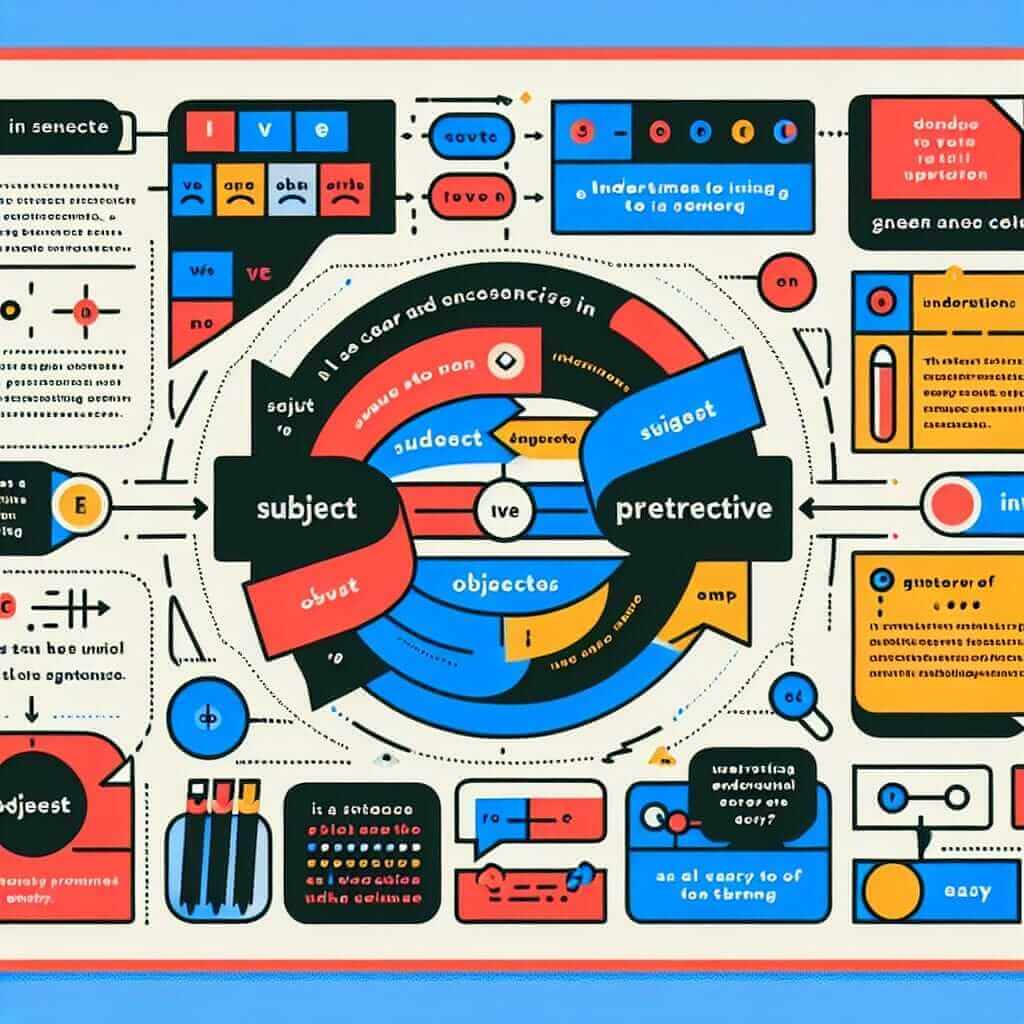“Were it easier, more people would try” – this phrase, while seemingly simple, exemplifies a sophisticated grammatical structure known as inversion. Mastering inversion can significantly enhance your IELTS score, demonstrating a nuanced understanding of English grammar. Let’s delve into the mechanics of this structure and explore how to utilize it effectively in your IELTS writing and speaking.
Here are a few examples of inversion in different contexts:
- Speaking (expressing an opinion): “Were the government to invest more in renewable energy, the country would be less reliant on fossil fuels.”
- Writing Task 2 (presenting a hypothetical situation): “Had the internet not been invented, globalization might not have occurred at such a rapid pace.”
In each of these examples, the inversion of the subject and verb (“were the government” instead of “if the government were”) adds a layer of formality and complexity to the language, showcasing a higher level of grammatical proficiency.
Understanding Inversion
Inversion, in its simplest form, involves reversing the typical subject-verb order in a sentence. This often occurs in conditional sentences, emphasizing the hypothetical nature of the situation.
Inversion in IELTS: Frequency and Importance
Inversion, while not overly common in everyday speech, appears frequently in academic and formal writing, which are assessed in the IELTS exam. Using inversion appropriately demonstrates a strong command of grammatical structures, potentially boosting your score in both the writing and speaking sections.
Mastering the Mechanics of Inversion
Formula and Application:
Structure: Were/Had/Should + Subject + Verb (base form) + …, Main Clause
Breakdown:
- “Were/Had/Should”: These auxiliary verbs are used to initiate the inverted clause.
- Subject: The subject of the sentence.
- Verb (base form): The main verb in its base form (without any tense).
- Main Clause: The main part of the sentence containing the consequence or outcome.
Inversion in Action:
-
Writing Task 2 (discussing a hypothetical situation): “Were the education system more focused on practical skills, graduates would be better equipped for the workforce.” This sentence effectively uses inversion to present a hypothetical scenario and its potential outcome.
-
Speaking Part 3 (speculating about the future): “Had I known the importance of learning English earlier, I would have started studying it as a child.” This sentence demonstrates the use of inversion to express regret about a past situation.

Elevating Your Language: Tips for Using Inversion
- Formality: Inversion is best suited for formal contexts, such as IELTS writing tasks and the more academic discussions in the speaking section.
- Clarity: While inversion can add sophistication, ensure it doesn’t make your sentences convoluted. Clarity should always be a priority.
- Variety: Don’t overuse inversion. Use it strategically to highlight specific points and showcase your grammatical range.
Common Pitfalls and How to Avoid Them
-
Incorrect Verb Tense: A common mistake is using the incorrect tense after the inverted clause. Remember to use the conditional (“would,” “could,” “might”) or another appropriate verb form in the main clause.
- Incorrect: Were I to have more time, I join the gym.
- Correct: Were I to have more time, I would join the gym.
-
Overuse: Using inversion too frequently can make your writing sound forced and unnatural. Use it judiciously for emphasis and variety.
Conclusion
Mastering inversion can be a valuable asset in your IELTS journey. By understanding its structure, practicing its application, and being mindful of potential pitfalls, you can confidently incorporate this sophisticated grammatical tool to enhance your writing and speaking, ultimately boosting your chances of achieving your desired IELTS score. Remember, consistent practice and a focus on clarity will be your greatest allies in mastering this and other complex grammatical structures.